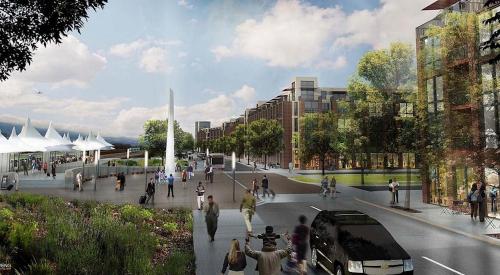The term “smart city” may conjure up images of a shining urban landscape with glowing highways and holographic billboards. But in reality, we are already deeply entrenched in an urban technological revolution: Traffic patterns are determined by an app’s algorithm made in California and businesses increasingly turn to data companies such as Google as virtual hubs for their companies. Even before the big companies stepped up their game, local governments were paving the way for the new smart cities. However, somewhere along the line cities lost control as the private sector took the driver’s seat.
For many years we've been promised that the marriage of technology and the city, the "smart city," would revolutionize urban life. But for a long time the term has essentially been a buzzword attached to different concepts over three distinct generations, accompanied by generous measures of hype and, lately, some serious questions about who's in the driver's seat.
Major technology purveyors who hoped to sell enterprise-level solutions for things like managing water and sewer systems or automating transit operations backed the first major wave of smart cities. Companies like Cisco, Schneider Electric, IBM and Bombardier sponsored conferences and touted their solutions. And they delivered some impressive showpieces, such as the command center IBM built for Rio de Janeiro, which was featured in a TED talk by then-Mayor Eduardo Paes. Songdo in South Korea was an entirely new urban business district built around this type of technology vision.
This generation of smart cities was the product of companies that had a long history of focusing on client needs. As a result, their solutions were about empowering their government clients. Rio's command center enabled the city to better manage its operations, for example. But it turned out that there weren't that many cities willing or able to purchase this kind of very expensive solution. This generation of smart cities continues on: The new fare system being installed by the New York City region's transit network is an example. But it didn't revolutionize city life.












